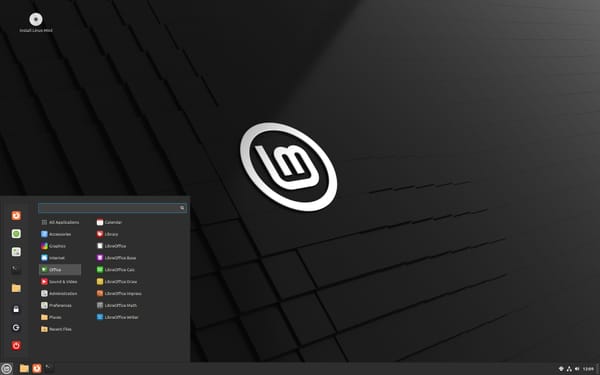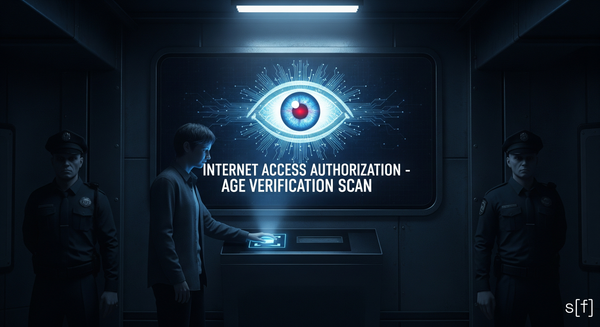The Complete Linux Desktop Guide: Debian, Ubuntu, LMDE, and Linux Mint Compared
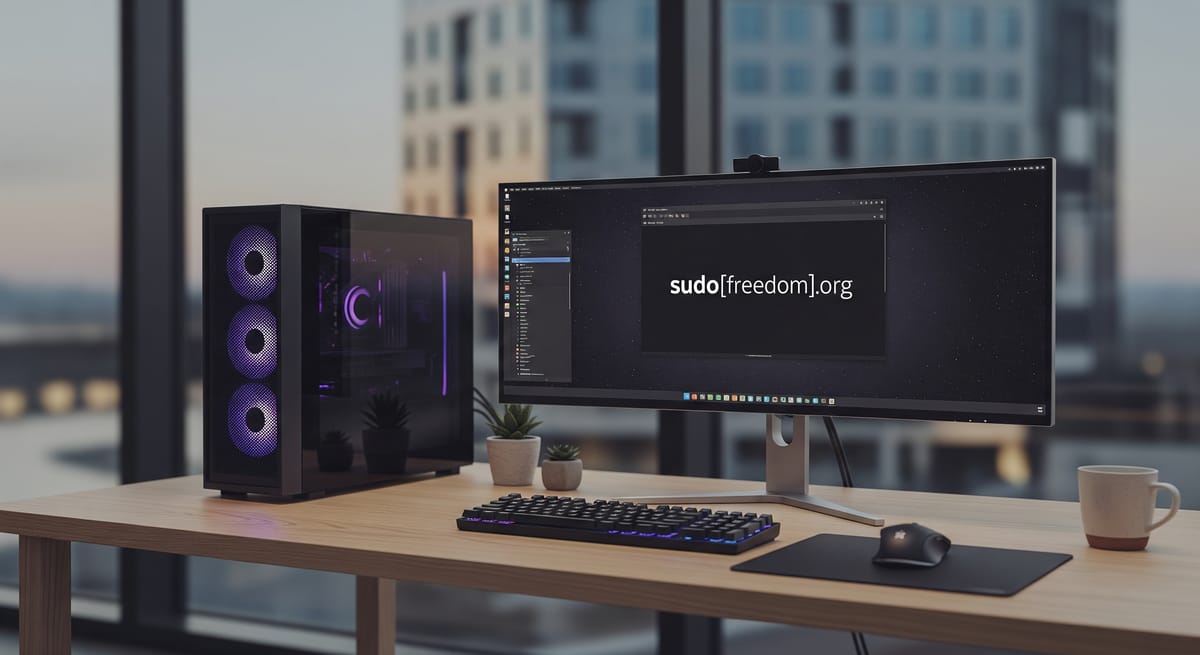
The Complete Linux Desktop Guide: Debian, Ubuntu, LMDE, and Linux Mint Compared
If you're choosing a Linux desktop distribution in 2025, you've probably encountered the same confusing web of names: Debian, Ubuntu, Linux Mint, LMDE. They're all related, but each serves different needs and philosophies.
This guide cuts through the marketing and gives you the practical differences that actually matter for desktop use.
Understanding the Family Tree
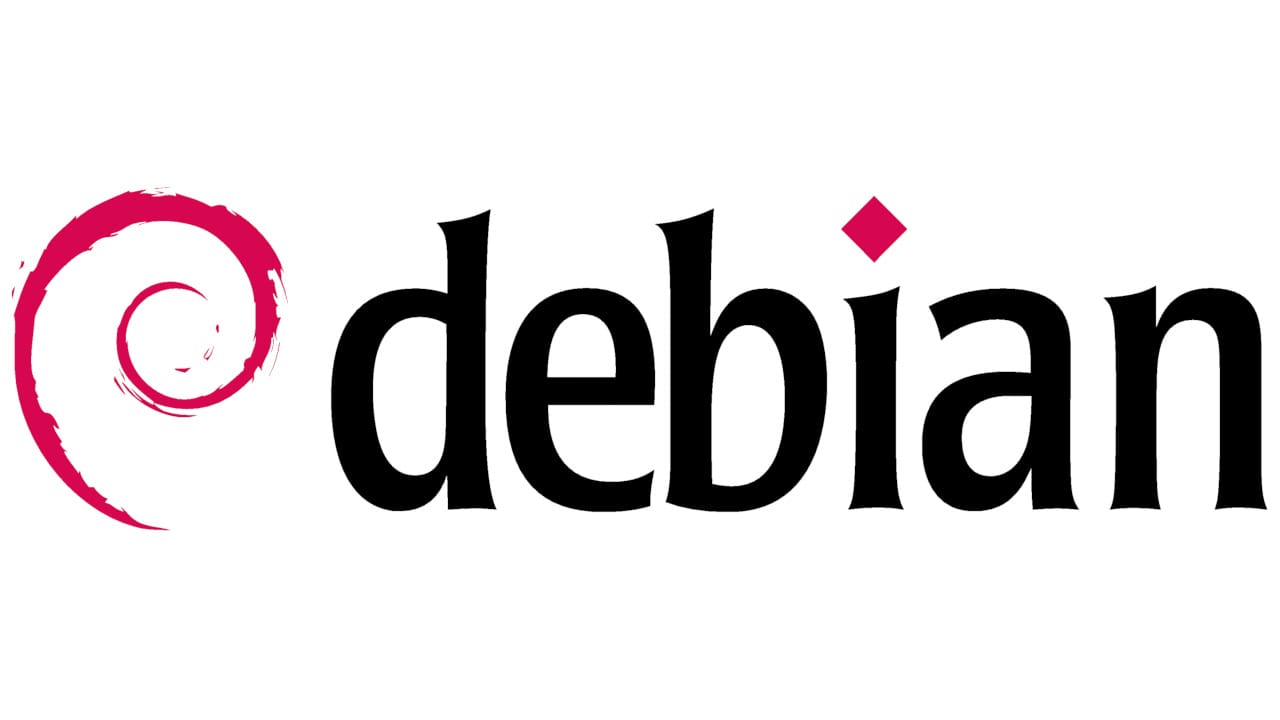
Debian: The Foundation
Debian sits at the base of this entire ecosystem. It's a community-run distribution that's been rock-solid since the early 1990s.
What Debian delivers:
- Massive software repository with tens of thousands of packages
- Unmatched stability through strict testing cycles
- Transparent, community-driven development
- Strong commitment to free software principles
- Predictable release schedule
How Debian governance actually works: Debian operates as a true democracy. The Debian Project Leader is elected annually by all Debian Developers through a formal voting process. Major decisions go through public discussion periods followed by General Resolutions where the entire developer community votes.
Package maintainers have significant autonomy within established policies, but those policies themselves are set democratically. The Debian Constitution explicitly defines how decisions get made, who has what authority, and how conflicts get resolved. Everything happens in public mailing lists and documented processes.
This means no single company or individual can force changes on users. When Debian ships something, it's because the community consensus supports it, not because a corporate strategy requires it.
The reality: Debian expects you to know what you're doing. Installing desktop environments, multimedia codecs, and proprietary drivers requires manual work. It's designed for people who want full control and don't mind the setup overhead.
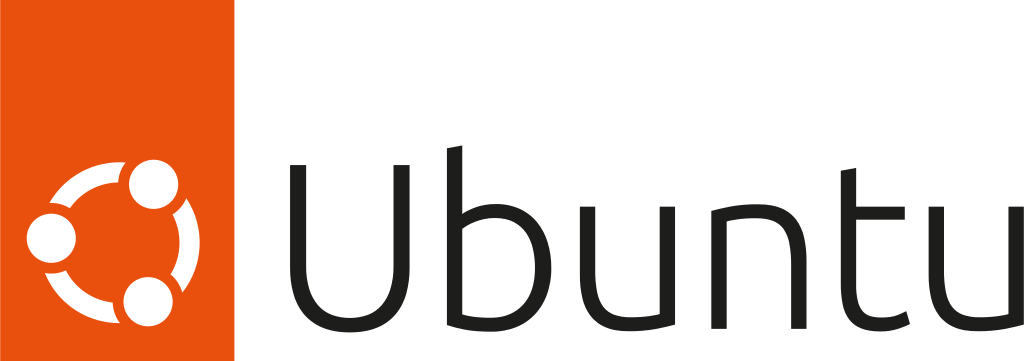
Ubuntu: Debian with Commercial Polish
Ubuntu takes Debian's foundation and adds user-friendly layers, backed by Canonical's commercial resources and community contributions.
Ubuntu's additions:
- Streamlined installer and hardware detection
- Proprietary drivers and firmware included by default
- Custom GNOME desktop with Ubuntu-specific refinements
- Snap package system with automatic background updates
- Professional support options and predictable LTS releases
- Significant upstream contributions to kernel, GNOME, and other projects
How Ubuntu governance actually works: Ubuntu is developed by Canonical Ltd., which combines commercial focus with substantial open source community investment. While major architectural decisions are made by Canonical's engineering teams based on business strategy and technical assessment, this structure enables consistent funding for development and upstream contributions.
Canonical employs kernel developers, GNOME contributors, and maintains infrastructure that benefits the entire Linux ecosystem. The company's commercial success directly funds open source development that community-only projects often struggle to sustain.
The centralized decision-making enables faster feature deployment and consistent user experience, though it means users have less direct influence over technical direction compared to pure community projects.
The value proposition: Ubuntu makes Linux accessible to mainstream users while contributing significantly to upstream projects. Snap packages, while controversial among some users, solve real software distribution problems and update seamlessly in the background. The Ubuntu approach works exceptionally well for users who want a stable, well-supported desktop without manual configuration.

Linux Mint: Ubuntu Refined for the Desktop
Linux Mint strips away Ubuntu's corporate decisions while keeping the usability improvements.
Mint's philosophy:
- Cinnamon, MATE, and Xfce desktop environments (no GNOME by default)
- Snap packages disabled entirely
- Flatpak support built-in via Flathub
- Intelligent update manager with rollback capabilities
- Essential multimedia codecs included
- Mint-developed tools: Driver Manager, Backup Tool, Warpinator
Why it works: Mint focuses on not getting in your way. No forced updates, no pushy new package formats, just a working desktop system.
LMDE: Mint Without the Ubuntu Layer
Linux Mint Debian Edition provides all of Mint's polish while building directly on Debian Stable instead of Ubuntu.
LMDE's purpose:
- Mint's complete feature set without Ubuntu dependencies
- Direct access to Debian's stability and security model
- Insurance policy against Ubuntu making unacceptable changes
- Appeals to users who want Mint's usability but prefer Debian's governance
Why LMDE exists as a governance hedge: The Linux Mint team created LMDE specifically because they recognized the risk of depending on Ubuntu's corporate decision-making. When Canonical makes changes that conflict with Mint's user-first philosophy, LMDE ensures Mint can continue operating independently.
This isn't theoretical. Ubuntu's push toward Snap packages, elimination of 32-bit library support, and other corporate-driven decisions have already forced Mint to actively work around Ubuntu's choices. LMDE represents complete independence from those constraints while maintaining all of Mint's desktop-focused improvements.
Governance Models: Democracy vs. Corporate Control
The governance differences between Debian and Ubuntu fundamentally shape what kind of operating system you end up with.
Debian's Democratic Process
Debian operates under a formal constitution with elected leadership and transparent decision-making. The Debian Project Leader serves one-year terms and can be voted out. Major policy changes require community-wide discussion and often formal votes among all Debian Developers.
Real-world example: When systemd became controversial in the Linux community, Debian spent months in public debate, held formal votes, and ultimately decided based on technical merit rather than corporate preference. Users who disagreed could participate in the discussion or even run for leadership positions themselves.
Ubuntu's Corporate Hierarchy
Ubuntu's technical direction comes from Canonical's business needs, filtered through their engineering teams. Community feedback gets collected, but decision authority remains with Canonical employees and ultimately Mark Shuttleworth.
Real-world example: Despite widespread community opposition, Canonical pushed ahead with Unity desktop, Ubuntu Touch, and Snap package convergence because they aligned with the company's mobile and IoT business strategy. When those strategies failed commercially, the features were abandoned regardless of community investment in them.
Why This Matters for Desktop Users
Democratic governance means:
- Changes happen slowly but with broad consensus
- You can influence decisions through participation
- Technical merit typically outweighs business considerations
- Long-term stability over rapid innovation
Corporate governance means:
- Faster deployment of new features and fixes
- Professional support and consistent release schedules
- Sustainable funding for long-term development
- Innovation driven by both market needs and technical advancement
- Significant contributions back to upstream open source projects
The reality of open source sustainability: Community-driven projects often struggle with funding, developer burnout, and infrastructure costs. Commercial entities like Canonical and Red Hat provide essential resources that keep the broader Linux ecosystem viable. Many critics of "corporate" Linux distributions haven't contributed financially to the community projects they prefer.
Canonical employs full-time developers working on kernel improvements, GNOME development, and security updates that benefit all Linux users, not just Ubuntu users. This commercial investment in open source development creates a sustainable model that pure volunteer efforts often cannot match.
The governance model you choose determines whether you're a customer of a Linux distribution or a participant in a Linux community. Both approaches have value, and the ecosystem benefits from having both options available.
Based on testing across identical hardware configurations:
Desktop Environment Performance
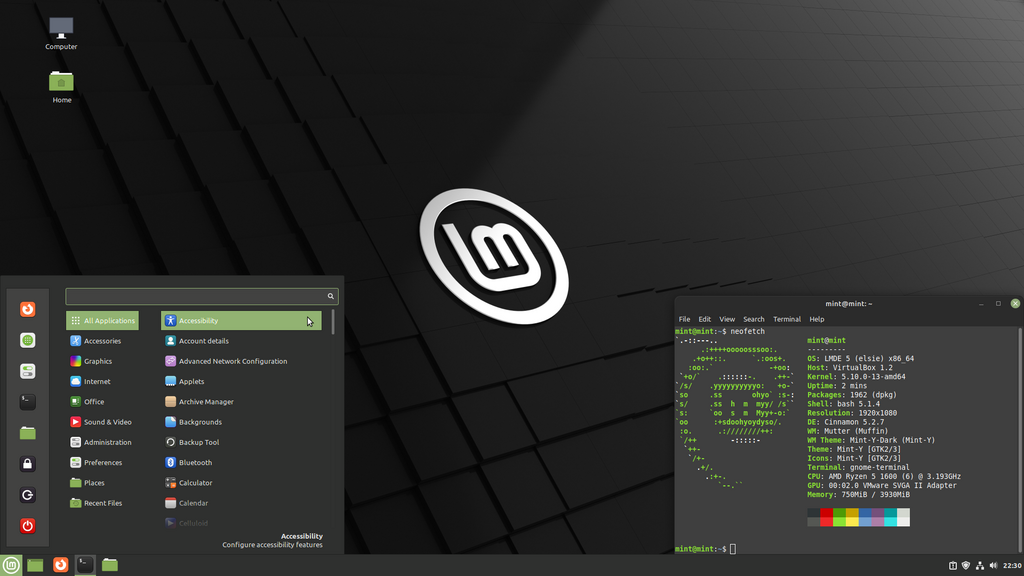
Linux Mint Cinnamon:
- Fastest startup times
- Lowest RAM usage during normal operation
- Smooth animations and responsive interface
- Feels like a traditional desktop, not a mobile interface
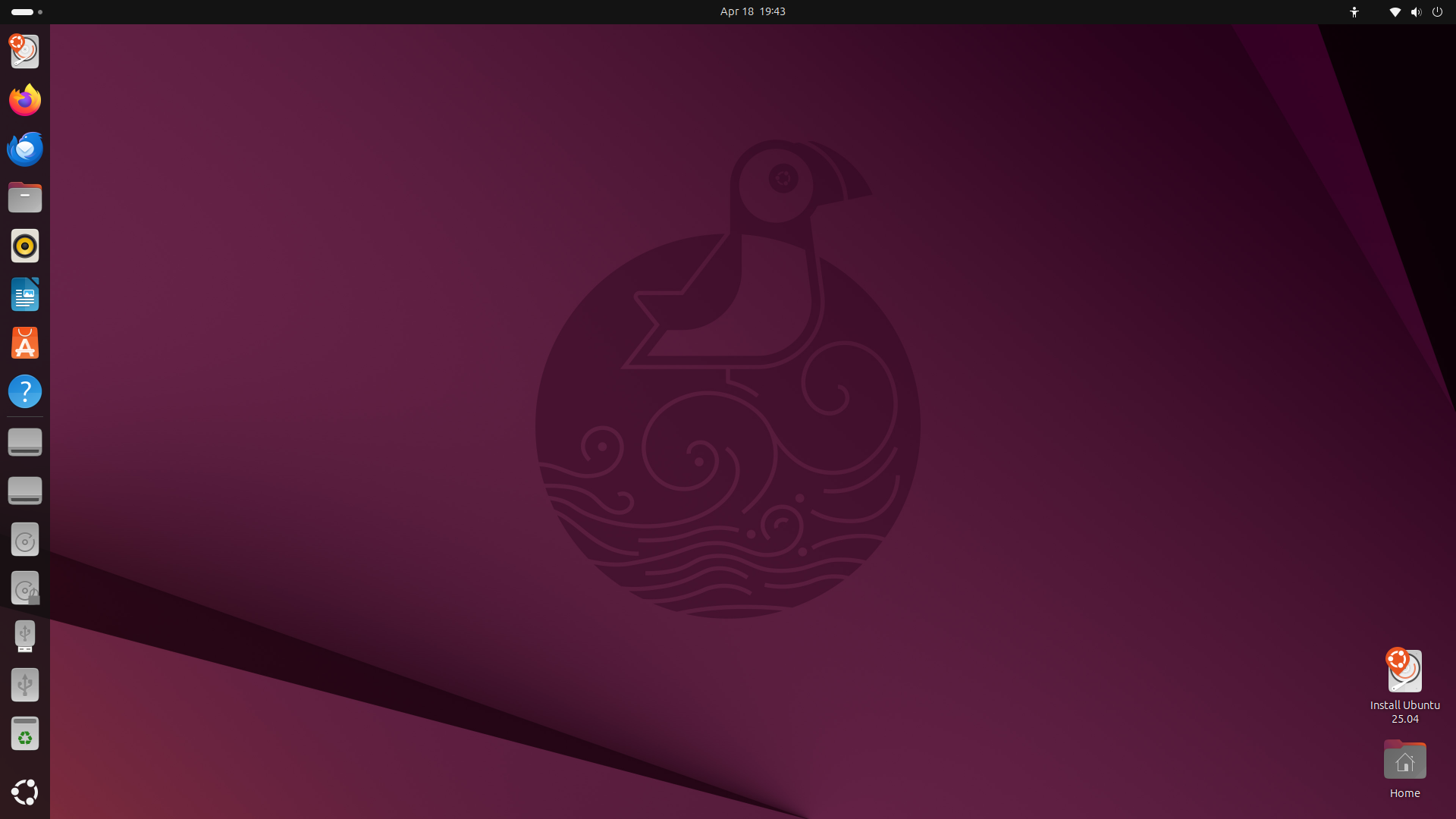
Ubuntu GNOME:
- Heavy resource consumption, similar to Debian GNOME but with additional Ubuntu customizations
- Snap package overhead adds to startup times and memory usage
- Ubuntu-specific modifications can introduce performance inconsistencies
- Orange theme and dock customizations add visual polish but consume more resources
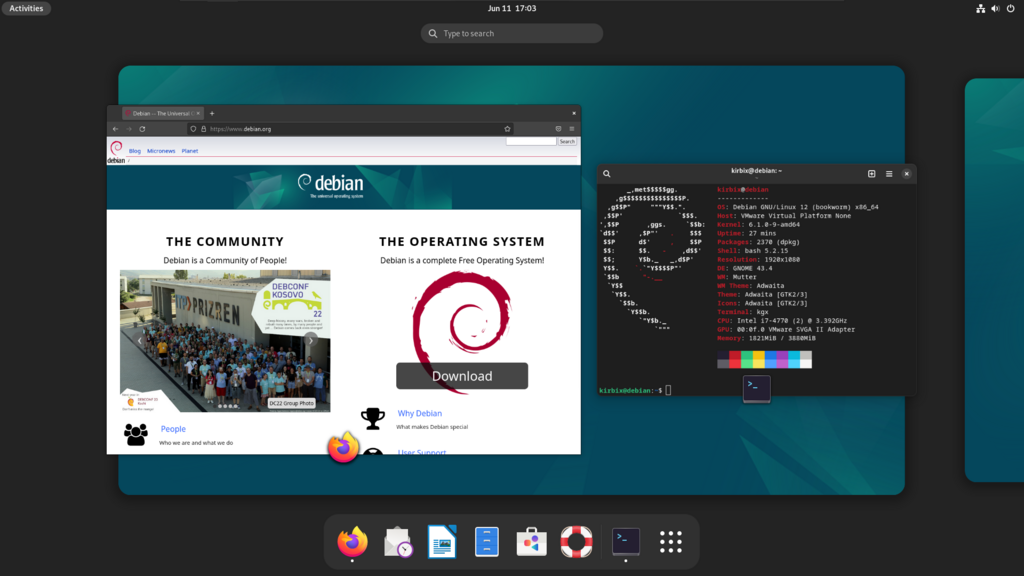
Debian GNOME:
- Heaviest resource consumption overall
- Slower animations and longer boot times
- Modern interface but polarizing workflow
- Requires extension management for basic customization
- Cleaner implementation than Ubuntu's modified version
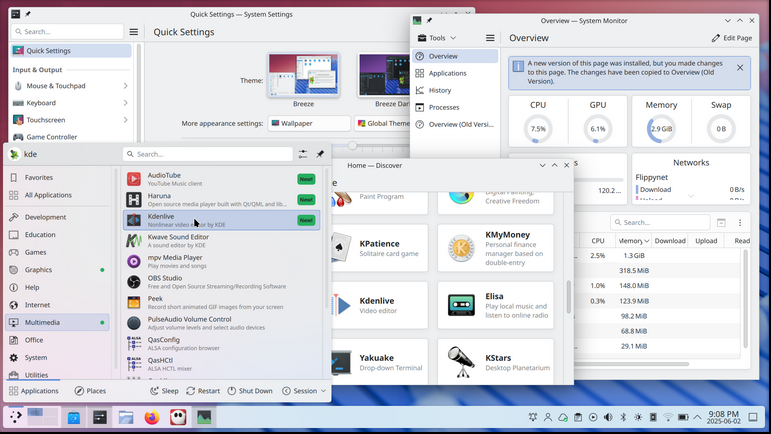
Debian KDE Plasma:
- Moderate resource usage
- Highly customizable but inconsistent visual design out of the box
- Powerful features but steep learning curve
- Better performance than GNOME variants but still heavier than Cinnamon
Default Software Philosophy
Debian approach: Install everything and let users decide
- Multiple email clients (Evolution AND Thunderbird)
- Games collection (Chess, Mines, Mahjongg)
- Specialized utilities most users never need
- No multimedia codecs (free software policy)
Linux Mint approach: Include what people actually use
- Single email client (Thunderbird)
- Essential applications only
- Multimedia support ready from first boot
- Clean, purposeful software selection
Hardware Support and Drivers
Linux Mint advantages:
- Graphical Driver Manager for NVIDIA cards
- One-click proprietary driver installation
- Hardware compatibility inherited from Ubuntu LTS base
- Automatic firmware detection
Debian limitations:
- Manual NVIDIA driver installation required
- No dedicated driver management interface
- Older kernel versions even in latest releases
- Requires technical knowledge for hardware setup
Customization: Manual vs. Ready-Made
LMDE: Pre-configured Excellence
LMDE ships with Cinnamon fully configured and optimized:
- Themes, applets, and desktop elements work together seamlessly
- User-friendly Settings manager for easy customization
- Extensive community documentation and support
- Accessible to users of all technical levels
Debian Manual Setup: Maximum Control
Installing Cinnamon on Debian yourself provides:
- Complete control over every system component
- Ability to optimize for specific use cases
- No pre-made decisions you need to undo
- Requires significant technical expertise and time investment
Practical verdict: Unless you're building a highly specialized system, LMDE gives you 95% of the customization benefits with 10% of the effort.
Updates and Long-term Maintenance
Linux Mint Update Strategy
- Conservative approach prioritizing stability
- User controls when and what gets updated
- Kernel update management with easy rollback
- Clear notifications about update importance levels
Debian Update Philosophy
- Rock-solid stability but slower feature adoption
- Security updates prioritized over new features
- Longer gaps between major version releases
- Manual intervention often required for major updates
Ubuntu's Forced Modernization
- Regular feature updates whether you want them or not
- Increasing push toward Snap packages
- Corporate timeline drives update schedule
- Less user control over system changes
Which Distribution Should You Choose?
Choose Linux Mint if:
- You want a working desktop system immediately
- You prefer stability over cutting-edge features
- You don't want to fight your operating system
- You're migrating from Windows and want familiarity
- You value user choice over corporate decisions
Choose LMDE if:
- You like Mint's approach but want to avoid Ubuntu entirely
- You prefer Debian's community governance model
- You want slightly more conservative update cycles
- You're planning long-term system deployments
Choose Debian if:
- You enjoy building and configuring systems manually
- You need a minimal base for specialized applications
- You have strong free software requirements
- You have the technical skills and time for manual setup
Choose Ubuntu if:
- You want excellent hardware compatibility with minimal setup
- You prefer automatic updates and background maintenance
- You value professional support options for business use
- You appreciate a polished, consistent desktop experience
- You want to support a sustainable commercial open source model
- You're migrating from Windows and want maximum compatibility
The Bottom Line
Linux Mint remains the best desktop Linux distribution for most users in 2025. It's not just about Cinnamon being lighter than GNOME, it's about philosophy: Mint respects user choice and focuses on practical usability rather than forcing technological change.
LMDE provides the same benefits while eliminating any Ubuntu dependencies, making it ideal for users who want Debian's governance with Mint's polish.
Debian itself remains excellent for servers and specialized deployments, but requires significant technical investment for desktop use.
Ubuntu continues to serve users who prioritize broad compatibility and corporate backing, but increasingly at the cost of user autonomy.
Reference: This analysis is based on hands-on testing of Linux Mint 22.1, Debian 12, and Debian 13 across multiple desktop environments and hardware configurations. Performance metrics reflect real-world usage patterns rather than synthetic benchmarks.
Find out more:


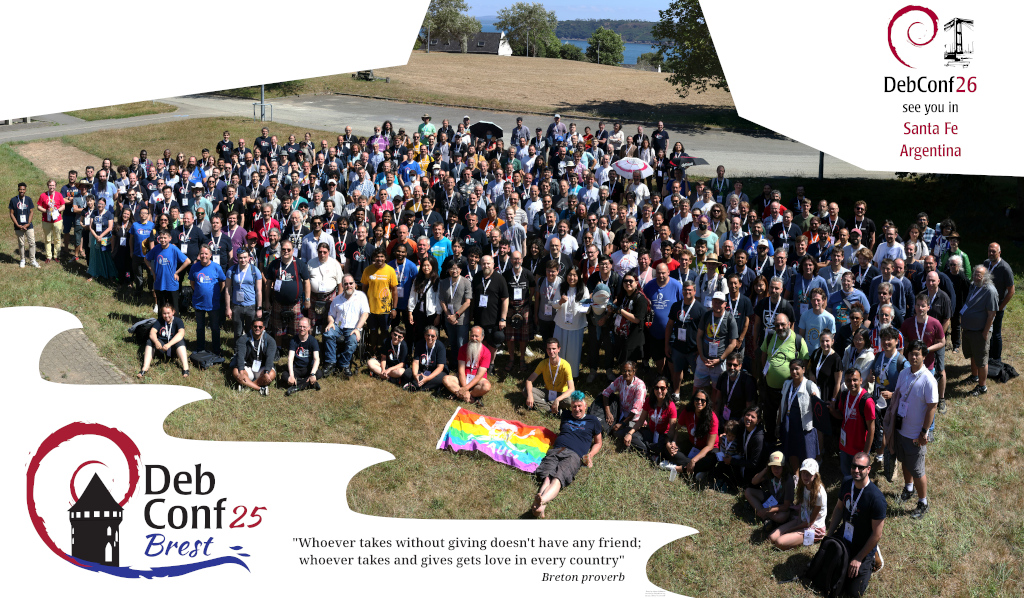

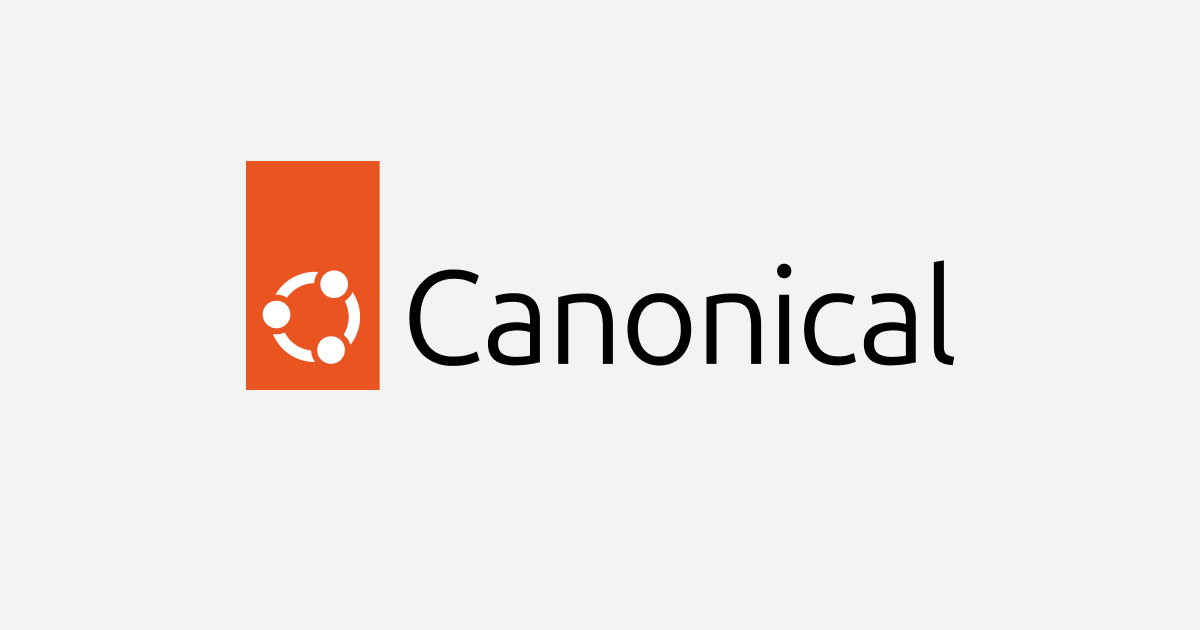
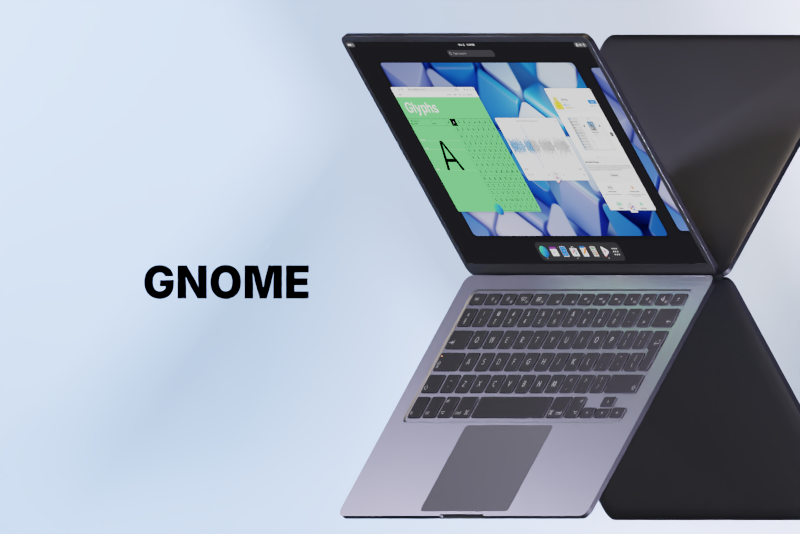




![sudo[freedom].org](https://sudofreedom.org/content/images/2025/08/sudo.png)
![sudo[freedom]](/content/images/size/w160/2025/08/square.svg)











